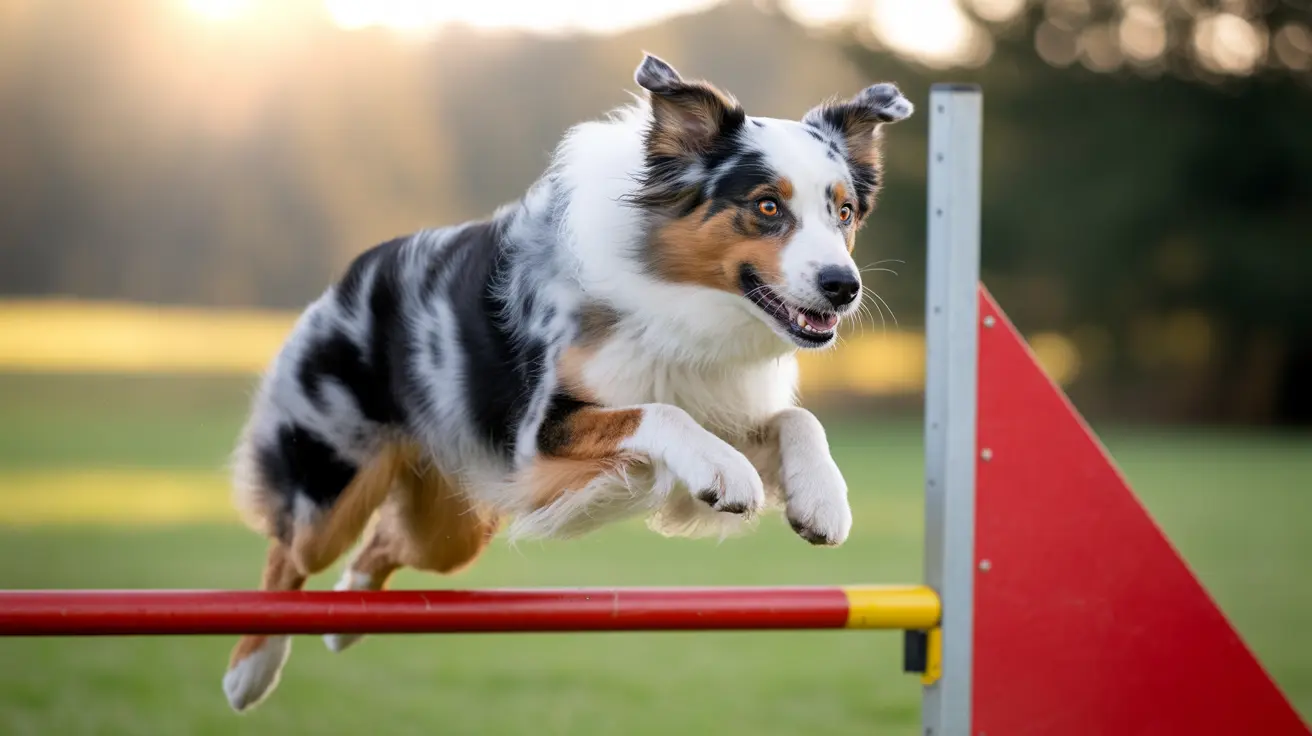Understanding Shedding in Skye Terriers
For potential dog owners considering a Skye Terrier, one common question is whether this breed sheds a lot. Shedding levels are a key factor for individuals with allergies or those who prefer a tidy home. While the Skye Terrier sports a luxurious double coat, it is not known for heavy shedding. Below, we explore this breed's shedding behavior, grooming needs, and how to manage its beautiful coat.
Shedding Characteristics
Unlike some dog breeds that frequently drop fur, Skye Terriers are considered moderate shedders. Their long, flowing double coat consists of a soft undercoat and a harder outer coat that protects them from harsh weather. Despite the presence of this dense coat, Skye Terriers do not shed fur excessively around the house.
- Low to moderate shedding: Skye Terriers don’t lose large amounts of fur continuously.
- Seasonal shedding: Like many other dog breeds, they may shed slightly more during seasonal transitions, particularly in spring and fall.
- Visible fur management: When properly groomed, shed hair is caught in the undercoat, making routine brushing important to remove dead hair before it tangles.
Grooming Requirements
This breed’s coat does require commitment. While Skye Terriers may not shed heavily, their double coat can mat and tangle without regular maintenance. Here's how to keep their coat in optimal condition:
- Weekly brushing: Using a soft or pin brush, follow up with a wide-toothed comb to remove tangles and dead hair.
- Avoid over-washing: Bathe only occasionally, using gentle grooming techniques to avoid damaging their delicate hair.
- Trim nails and inspect ears: Maintain overall hygiene by checking for parasites and skin issues that may be hidden under the long coat.
Maintaining the coat in its natural state, without trimming or clipping, preserves its protective function and elegant appearance.
Why Proper Grooming Matters
A well-groomed Skye Terrier not only looks stunning but also avoids many common skin and coat issues such as:
- Matting and tangling: These can be painful and lead to skin infections.
- Hidden parasites: Fleas and ticks may go unnoticed under thick fur without regular checks.
- Allergen control: Regular grooming reduces dander, a primary allergen source.
Managing Shedding and Allergies
While Skye Terriers are not hypoallergenic, their controlled shedding might make them a feasible option for individuals with mild allergies. Effective management includes:
- Consistent grooming schedule
- Using HEPA filters in the home
- Frequent vacuuming of pet areas
- Washing pet bedding regularly
Proper maintenance can significantly reduce allergens and the overall presence of shed hair in the home.
Overall Coat Characteristics
The Skye Terrier's coat can come in a range of colors, including black, gray, cream, fawn, platinum, or blue, often with black shading on the ears or muzzle. While visually striking, this coat type emphasizes the importance of weekly care to manage any minor shedding.
Skye Terrier Shedding vs. Other Breeds
Compared with high-shedding breeds like Golden Retrievers or Labrador Retrievers, the Skye Terrier sheds much less. However, compared to true low-shedding breeds like Poodles or Bichon Frises, Skye Terriers require more effort in grooming due to coat length rather than volume of hair fall.
Understanding this context helps prospective pet owners appreciate what owning a Skye Terrier entails without being surprised by unexpected grooming demands.
Conclusion
Though they do not shed excessively, Skye Terriers require devoted care to keep their coat in pristine condition. With regular grooming and good hygiene, you can greatly reduce visible shedding and maintain a beautiful, healthy pet. Their loyalty, unique appearance, and moderate coat maintenance make them an appealing choice for the right home.





